Browse Our Books
You can browse our books easily with any of the following filters, hover over the filters or their titles to see their descriptions.
Reading Level
Categories
Or you can use quick search or switch to advanced search for better results...
Search Results (Found 7948 results)
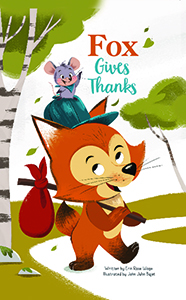
Tall Books: Concepts (Sequoia Kids Media)
Holiday stories are a perennial favorite! Adorable illustrations and friendly characters engage young readers at story time while sharing the magic of every season. Learning concepts include opposites, sharing, and working together.

Tall City, Wide Country
Panoramic illustrations of farm scenes and sunny fields depict a rural setting, then a flip of the book shows big-city skyscrapers and urban bustle in this briefly worded narrative.
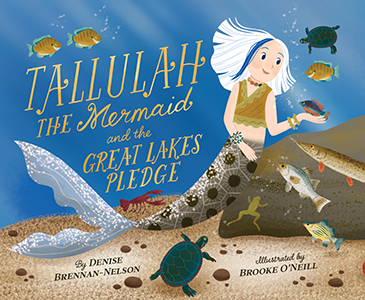
Tallulah the Mermaid and the Great Lakes Pledge 
Tallulah is ready to start her work as the Great Lakes' first official mermaid! It's a big job, and when a raft carrying a pair of children gets swept from the beach into rough waters, she swims into action. Maya and Finn can barely believe they've been rescued by a mermaid! When the kids and Tallulah find they have a love for the Great Lakes in common, Tallulah makes them honorary Great Lakes Mermaids--she could use the help!

Tallulah: Mermaid of the Great Lakes
Tallulah doesn't look like the other young mermaids living in the ocean. Her tail is a dull gray. And when all the other mermaids go on a quest to find the special gemstones that make their tails sparkle with colour, Tallulah doesn't find her gemstone at all. When Turtle suggests that Tallulah searches the Great Lakes she is eager to give it a try, even though the other sea creatures believe mermaids don't belong in lakes. Tallulah explores the Great Lakes from north to south and east to west, until she finds a beautiful Petoskey stone and she realizes that she is finally exactly where she belongs.

Tao, the Little Samurai
Tao is a master at pulling off jokes and pranks, but he’s also determined to become a master of martial arts someday . . . even if it seems to be an impossible mission!
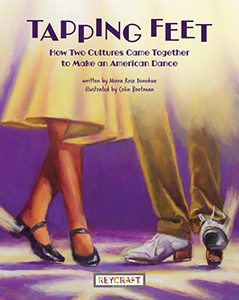
Tapping Feet
Slap! Flap! Tap! WhatÎs that sound? ThatÎs the sound of Tap! In the 1800s, African and Irish Americans found that they had something in common: Both cultures shared a love of dance. As people came together in New York City, the dance style ÌTapÊ grew with each new dancer. New ideas and new moves were inspired by their personal cultures. Read along to hear about the blending of Irish and African backgrounds, and of course keep an ear out for Slaps, Flaps, and lots and lots of Taps!
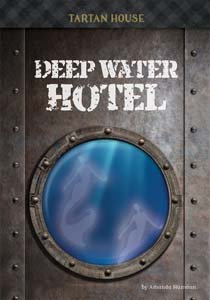
Tartan House
Each high-interest story in the Tartan House line features edgy topics and crisp writing that resonate with today’s upper-grade readers. The brisk but meaty storylines are guaranteed page-turners full of intrigue. Mystery, adventure, fantasy, and more can be found in Tartan House.
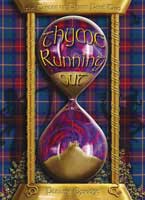
Tartan of Thyme
Follow the adventures of teenage, self-made billionaire Justin Thyme, as he struggles against mysterious forces to keep his family together and stop the Curse of Thyme from striking again.
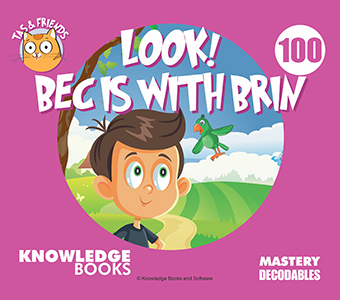
Tas and Friends 
With a gang of cute characters, Tas and Friends introduces simple words that are perfect for helping beginners to master their reading skills. Children will lovethese colourful stories that welcome new buddies in each book.

Taste the Clouds
In this illustrated board book, sensory experiences are swapped in imaginative ways, encouraging young readers to consider different ways of thinking about the world.